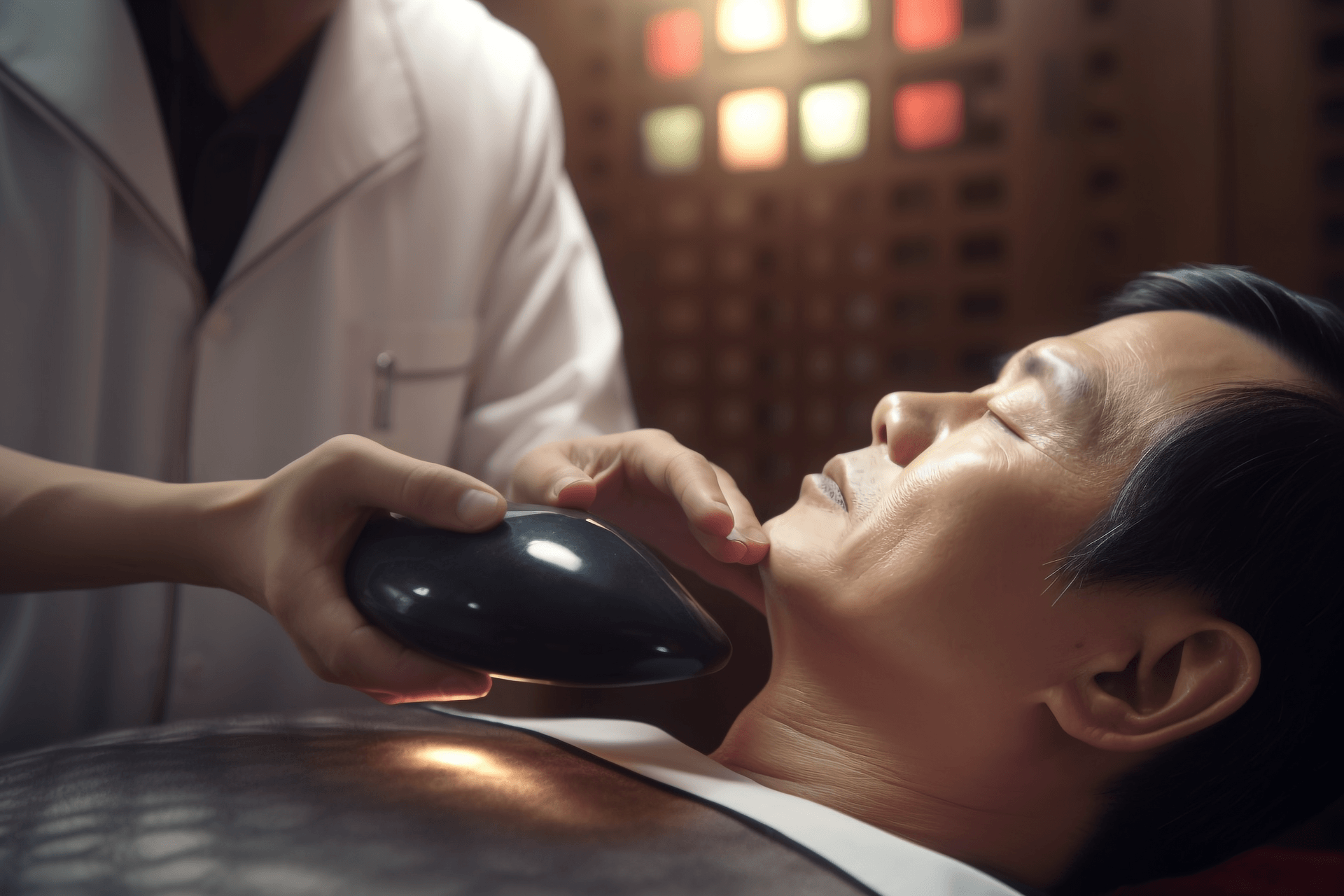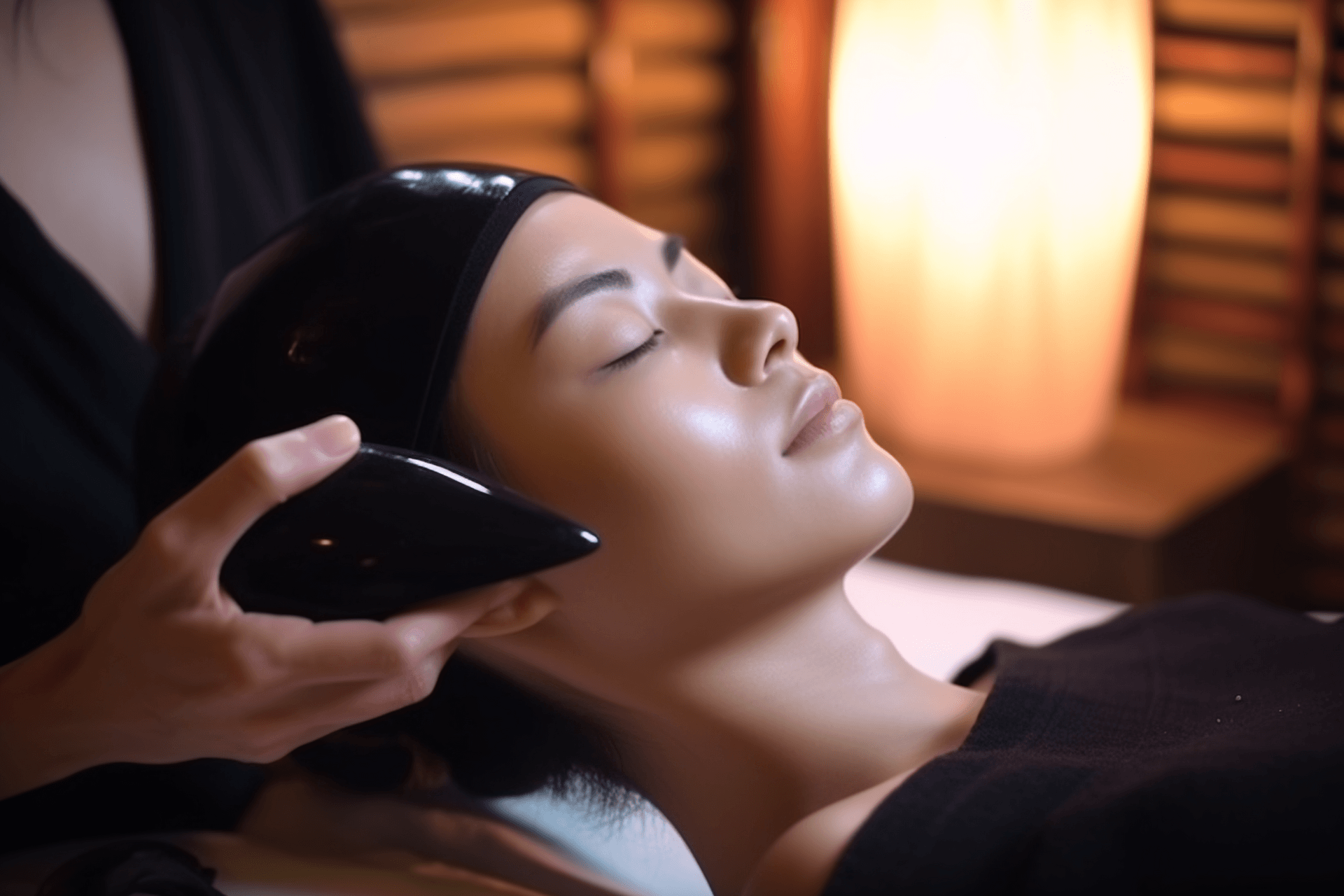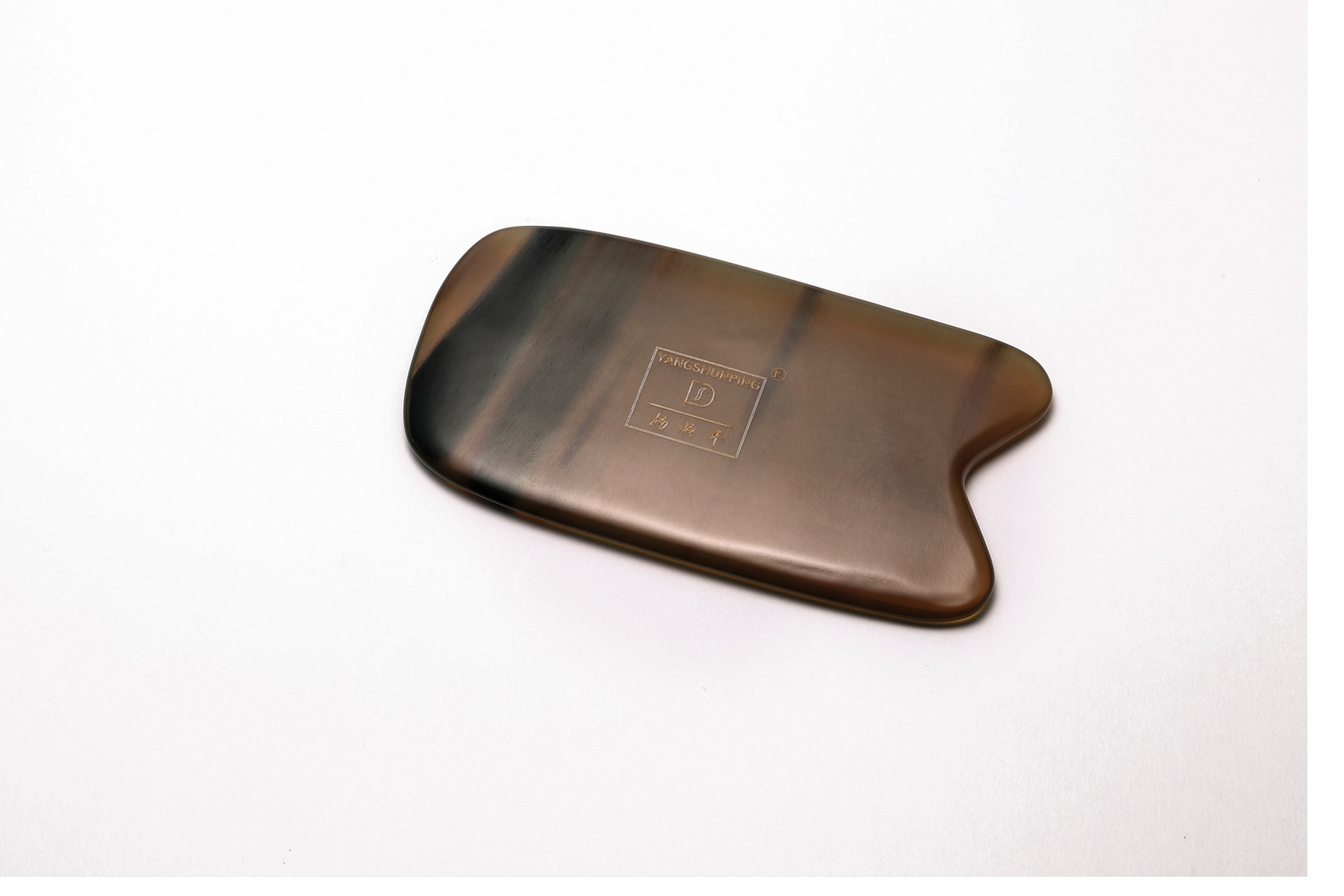Gua sha is a popular method of health preservation that many people like. In traditional Chinese medicine, gua sha is also used for treating certain diseases. Let me tell you which diseases gua sha is effective for, the methods of performing gua sha, and the precautions to take after gua sha. Let's learn together.
Which diseases is gua sha effective for?
1. Common cold
The common cold is a common respiratory disease that can occur in any season. It is mainly caused by a weakened immune system and weakened defensive functions, leading to wind-cold, wind-heat, or summer-heat external invasion. Common symptoms include headache, body aches, fever, chills, fatigue, stuffy nose, runny nose, and cough. Some patients may also experience poor appetite, nausea, diarrhea, and vomiting.
2. Headache
Headache is a common clinical symptom that can occur in various acute and chronic diseases, such as the common cold, hypertension, cervical spondylosis, febrile diseases, intracranial diseases, and otorhinolaryngological diseases. It is often caused by invasion of wind pathogen into meridians, excessive liver yang, deficiency of qi and blood, and blood stasis obstructing collaterals. Nervous headache is caused by long-term anxiety, tension, and fatigue, while migraine is caused by disorders of cerebrovascular and neurogenic functions. Headaches are often accompanied by symptoms such as nausea, vomiting, cold sweat, and pale complexion.
3. High fever
Common in various diseases caused by viral or bacterial infections, a high fever is defined as a body temperature of around 38°C or above. The main symptoms include high body temperature, aversion to cold, cough, red face, and restlessness. It is often caused by yin deficiency.
4. Frozen shoulder
Frozen shoulder, also known as adhesive capsulitis, is characterized by pain and limited range of motion in the shoulder joint. The pain is initially intermittent and can be triggered by weather changes and overexertion. It gradually progresses to persistent pain, which is worse at night and restricts lying on the affected side. Both active and passive movements of the shoulder joint are limited. When the shoulder joint is externally rotated, a typical "shoulder carrying" phenomenon occurs. Activities such as combing hair and dressing become difficult.
In severe cases, the hand cannot touch the shoulder when flexing the elbow. Over time, muscle atrophy can occur, leading to symptoms such as prominence of the shoulder peak, difficulty lifting the upper arm, and limited backward extension. This condition is more common in individuals around the age of 50, with a higher incidence in females and among manual laborers.
Methods of performing gua sha
Gua sha technique
According to different clinical applications, gua sha techniques can be divided into direct gua sha and indirect gua sha. Direct gua sha: This method involves directly contacting the patient's skin with a gua sha tool and repeatedly scraping specific areas of the body surface. It is a commonly used method in gua sha therapy. Indirect gua sha: This method involves placing a thin cloth on the area to be scraped before using the gua sha tool to scrape on the cloth. It is called indirect gua sha and not only has the effects of gua sha but also protects the skin.








